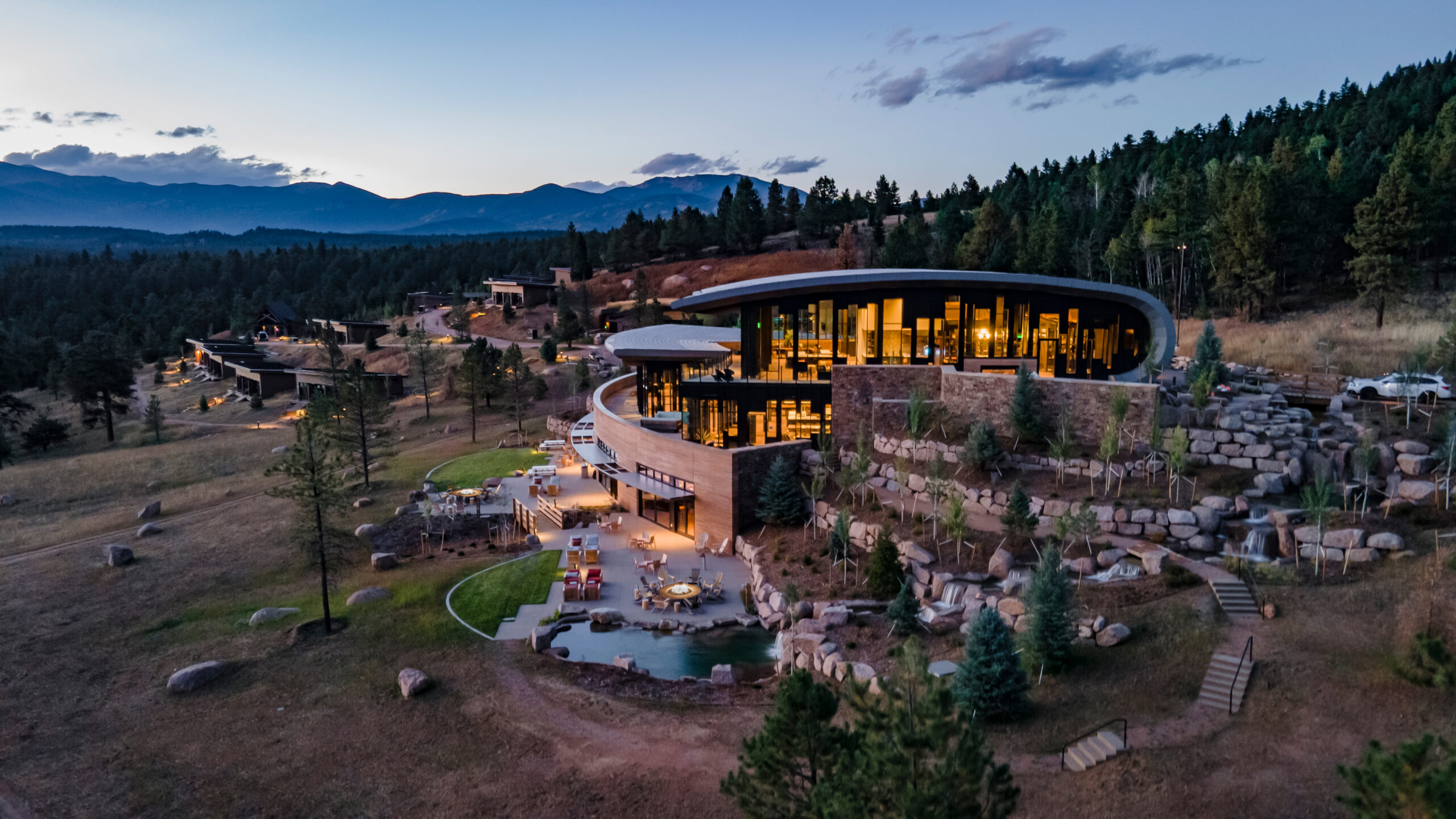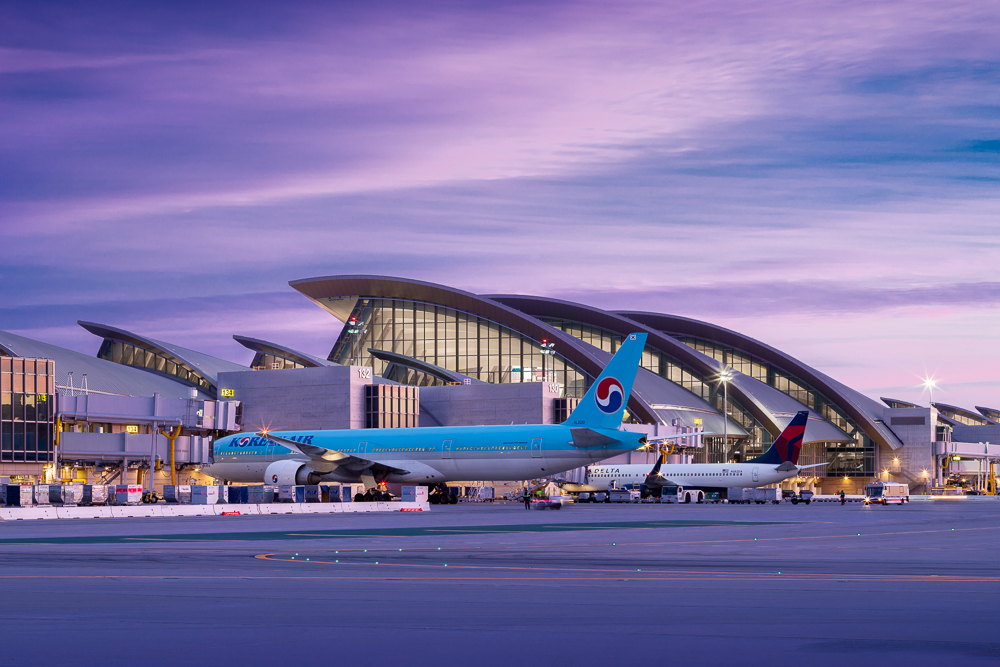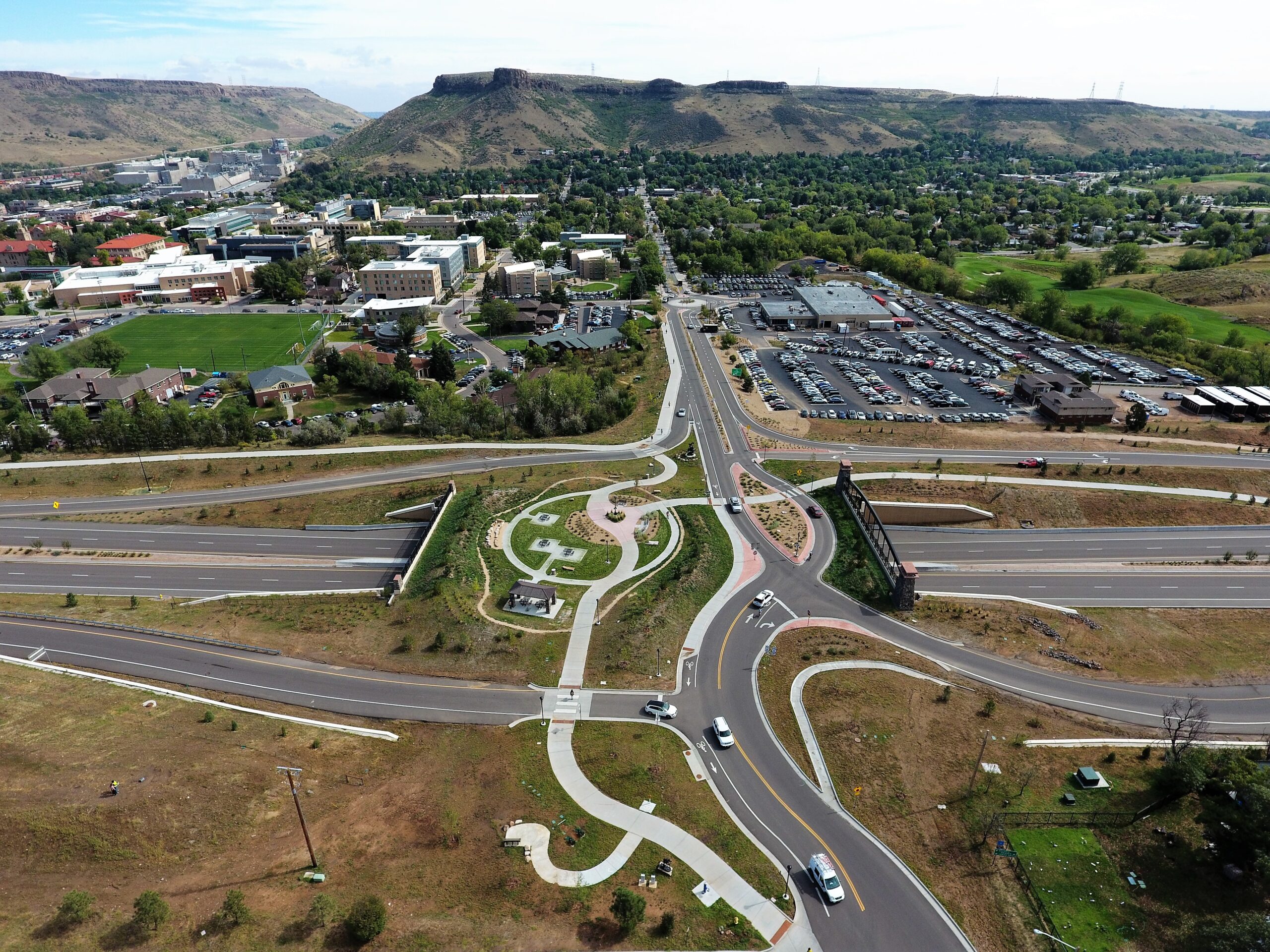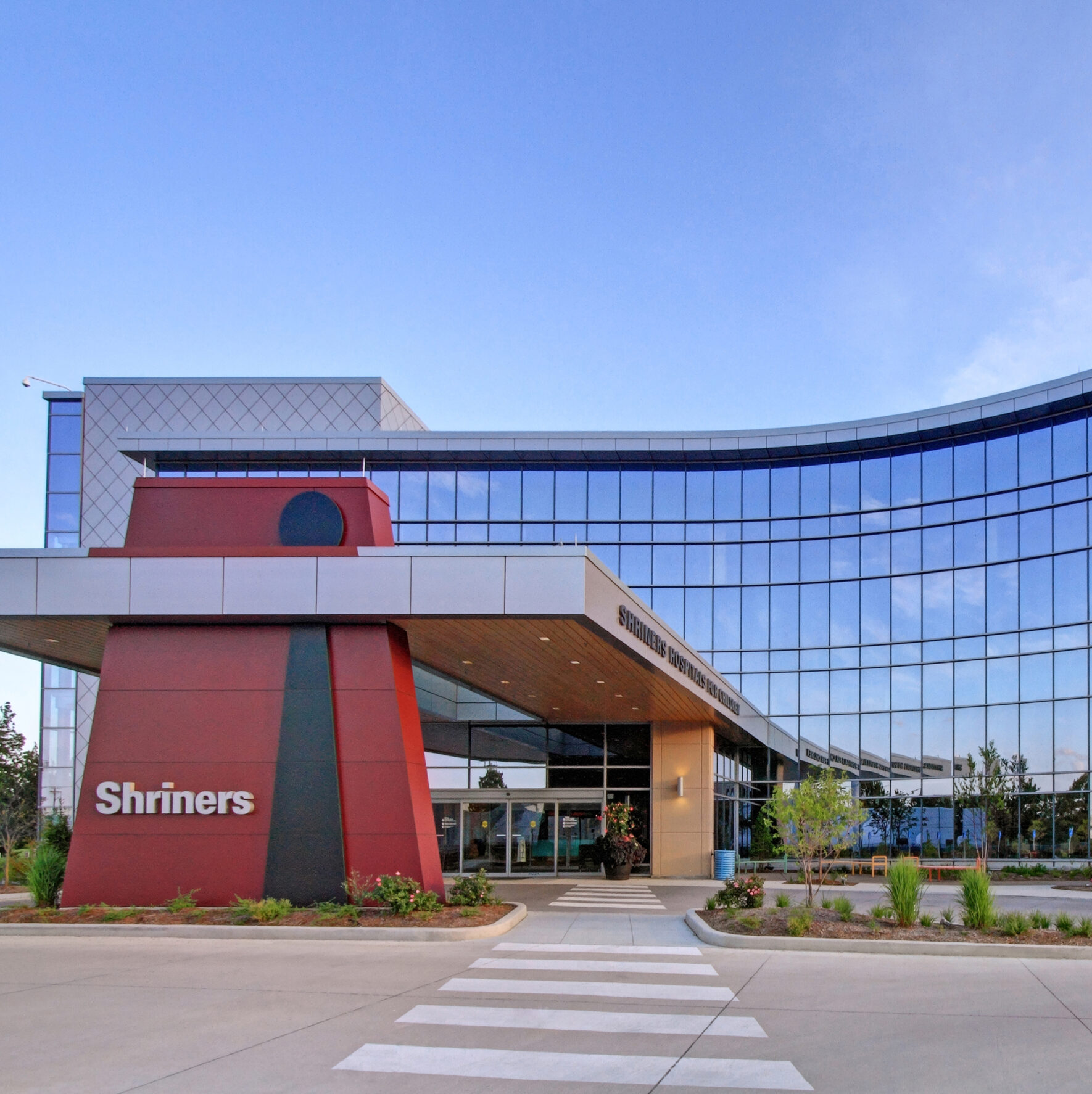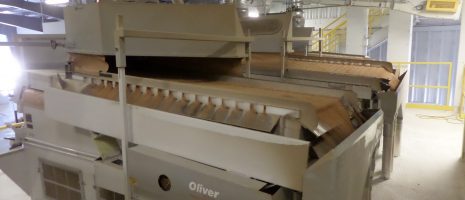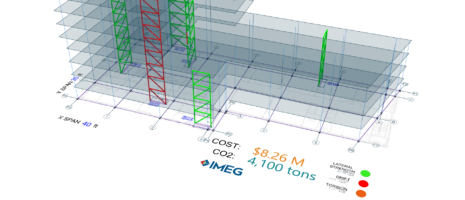Four things to know about firefighter air replenishment systems (FARS)

Cities across the country are starting to require Firefighter Air Replenishment Systems (FARS) in new high-rise and large commercial buildings to help firefighters battle fires and improve life safety. Here are four things to know:
- FARS are similar to water standpipes that deliver water for firefighting. FARS use building-installed pipes to deliver breathable air to filling stations strategically located throughout the building so firefighters can quickly refill their tanks.
- These systems mean firefighters will not need leave the building (and fire-fighting operations) during an emergency and can reduce or eliminate the need for a bottle brigade to move air tanks up flights of stairs or through cavernous buildings.
- Fire codes in municipalities across 25 states now require FARS in new construction of large buildings, according to the nonprofit organization, Firefighter Air Coalition. The National Fire Protection Association (NFPA), Compressed Gas Association (CGA), and American Society of Mechanical Engineers (ASME), also have published standards for installing FARS in new or existing buildings.
- Professional installation, inspection, testing, and maintenance are required to keep the systems operating when needed.
A licensed mechanical engineering consultant can provide a vendor-neutral plan for installing a FARS system in a new or existing building to meet local jurisdictional requirements or other standards.
